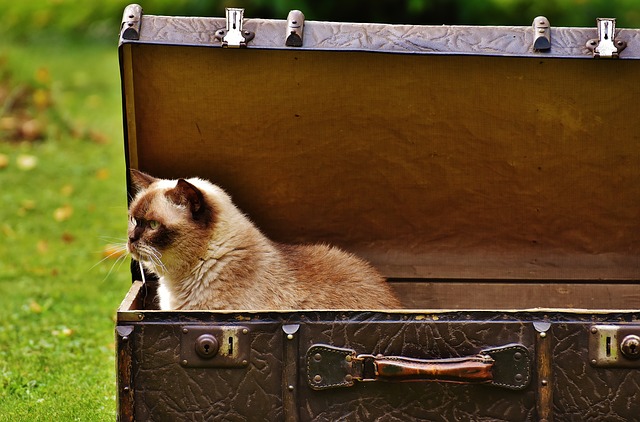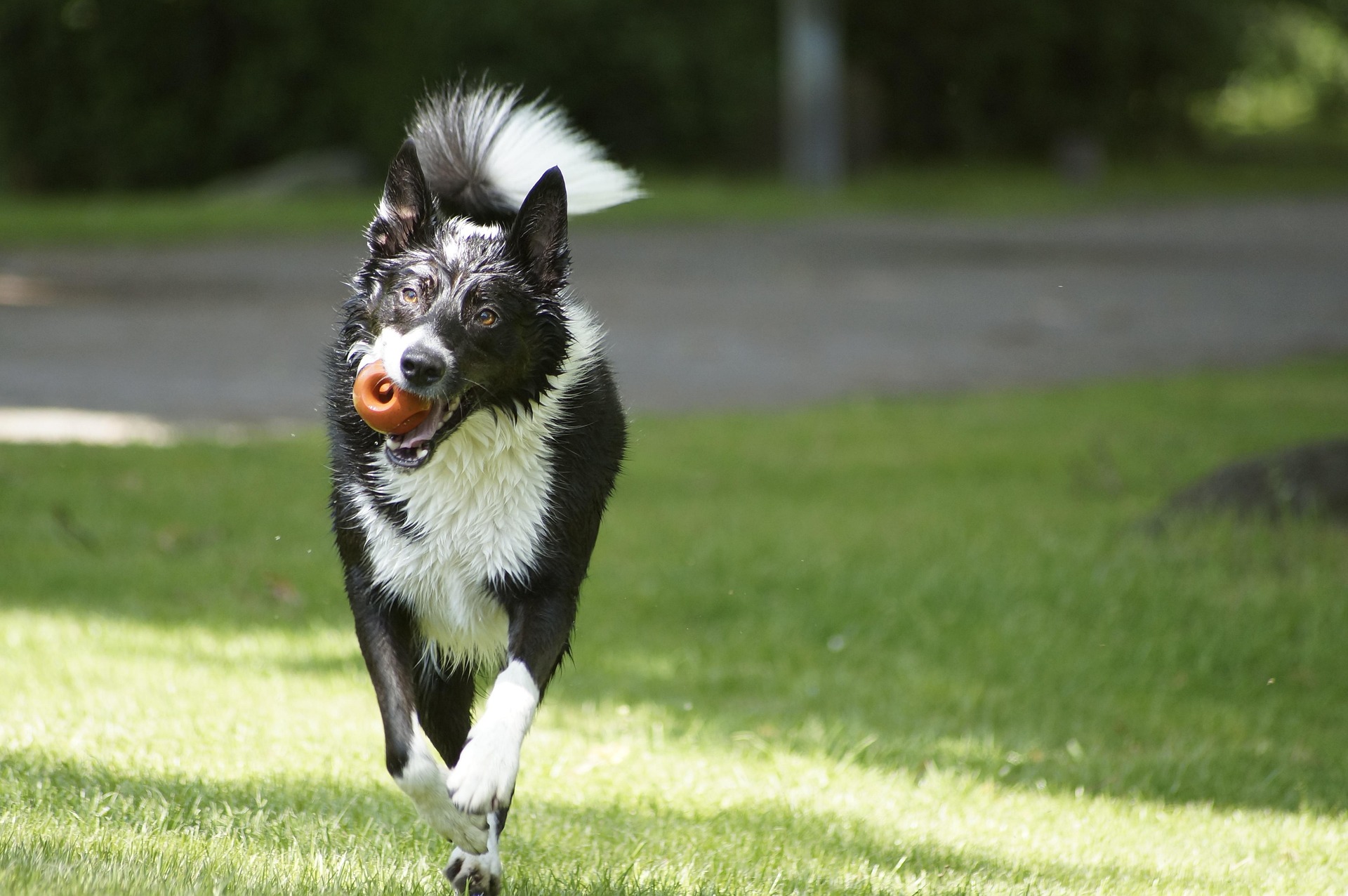Does your cat hate riding in the car? It’s very common for cats to generally dislike travel of any kind by any means. However, with a few simple tricks, you can reduce kitty’s travel anxiety by a lot, even if he or she never seems particularly happy on a trip.
Unless you happen to live within walking distance of a veterinarian, your cat has to travel now and then. It pays big dividends to help your cat accept travel as best as possible. It’s a better strategy than trying to capture and thrust your struggling, furious kitty into a carrier or crate when a trip is necessary!
How to Help Your Cat Develop a Positive Travel/Carrier Attitude
It is important to introduce your cat to its travel carrier or crate well before he or she needs to take a trip. That way, kitty views this important item as comfortable and familiar instead of strange and unpleasant. It’s not wise to travel with kitty using anything other than a regular crate or a carrier. Cats can slip through very small holes and will be obsessed with finding a way out of any box or homemade restraint. This can be a serious hazard to the driver if kitty runs loose in the car!
To prepare your cat for travel, have the carrier sitting out for several days with the door open. Leave it in a room where kitty spends a lot of time, such as near his or her favourite napping place or a window.
Place one of kitty’s favourite toys and a treat inside the carrier, which will usually excite a cat’s curiosity and cause it to go inside.
After your cat has had a few days to become familiar and comfortable with going in and out of the carrier, close the door and carry it to another room, set it down, and open the door so that he or she can leave.
A day or two later, put your cat into its carrier, close the door, and take it out to the car and take a short trip. Talk to him or her and put a treat inside the carrier before you start the engine. Look back after the engine has started and talk to your cat again so that he or she is reassured by your calm voice.
A few short trips should help reduce a cat’s anxiety about going inside the carrier and travelling by car. He or she may still not like travelling, but at least you won’t have a fight on your hands every time you try to put kitty into the carrier.
Use These Steps to Reduce Travel Stress
As well as helping your kitty become used to being in its travel carrier and to being in the car, prepare for other travel difficulties and emergencies:
- If your cat is very unhappy with even short trips in the car, try putting a towel over the carrier so that he or she feels “hidden.” This may help kitty feel more secure.
- Talk to your kitty using its name and try singing to it during your trips as well. Playing soft music may also soothe him or her.
- Make sure you are prepared for the unthinkable and that, somehow, kitty gets out of the carrier and makes its escape from the car or the final destination. Make sure your cat is wearing a collar with its name and yours, plus your phone number. An additional safety measure is to have an ID microchip inserted painlessly by your veterinarian just under the skin of your pet’s shoulder area. Make sure the number is registered under your name and information with the microchip company.
- You can offer kitty some catnip when you are at home and see how he or she reacts to it. Some cats like it a lot, some become excitable, others become mellow, and others don’t react at all. If your kitty likes it and calms down, you can use it as a travel aid. However, if it doesn’t have the desired effect, talk to your veterinarian about what other mild, natural sedatives are harmless and available.
Three Ways to Make a Trip More Enjoyable for You and Kitty
Before starting a trip, put your cat in the bathroom with the door closed and the carrier or crate open while you make your trip preparations. Close up your home so that your cat doesn’t become alarmed by the activity. When everything is ready, place kitty in the crate and take him or her out to the car.
Make sure you have packed everything your cat will need:
- A leash to secure your cat if you want to take him or her out of the carrier to urinate or defecate, or to clean up the cage if it becomes sick, or to take him or her with you if you are going to leave the car and aren’t sure how long you will be
- Regular food and treats, any necessary medication, and two bowls—one for food and one for water
- Litter, a scoop, a litter pan, and some garbage bags
- Kitty’s usual blanket and a toy or two
Always place the carrier in the back of the car, preferably where your cat can see you. At traffic stops, turn around and speak to him or her and make eye contact. If you can, place your hand low on the carrier so your cat can rub against your fingers when you have stopped.
At reasonable intervals, stop and let your cat out on the leash so that he or she can get some exercise, have a drink of water, and use the litter pan, and then put a treat and another toy into the carrier before putting your cat back inside and continuing your trip.
How to Ease Your Cat’s Arrival at a Destination
When you arrive at a location for the night or at your journey’s end, take the carrier into the bathroom along with your cat’s litter and litter pan, some food, and some water. Open the carrier so that your cat can come out when he or she feels comfortable, and then leave and close the bathroom door. You will be free to unload the car and become comfortable yourself while your cat becomes accustomed to the new environment for an hour or so.
Here are Some Final Reminders
Remember that your car is not a comfortable place for kitty to be by itself on either a hot day or a cold day. In fact, it can be a very dangerous place for pets if they are left in the car for too long. Get used to the idea that if you are going to stop and leave the car for anything, assume your return may be delayed and take your cat with you in the carrier or on a leash.
No matter how much you try and prepare your cat for travel, don’t feel that you didn’t do your job well enough if your cat seems unhappy—some cats never fully get used to travel. Do your best to reduce its travel anxiety as much as possible, and even though he or she may not show it, you will have made kitty’s life happier for the effort. Safe travels!
Creative Commons Attribution: Permission is granted to repost this article in its entirety with credit to Hastings Veterinary Hospital and a clickable link back to this page.






